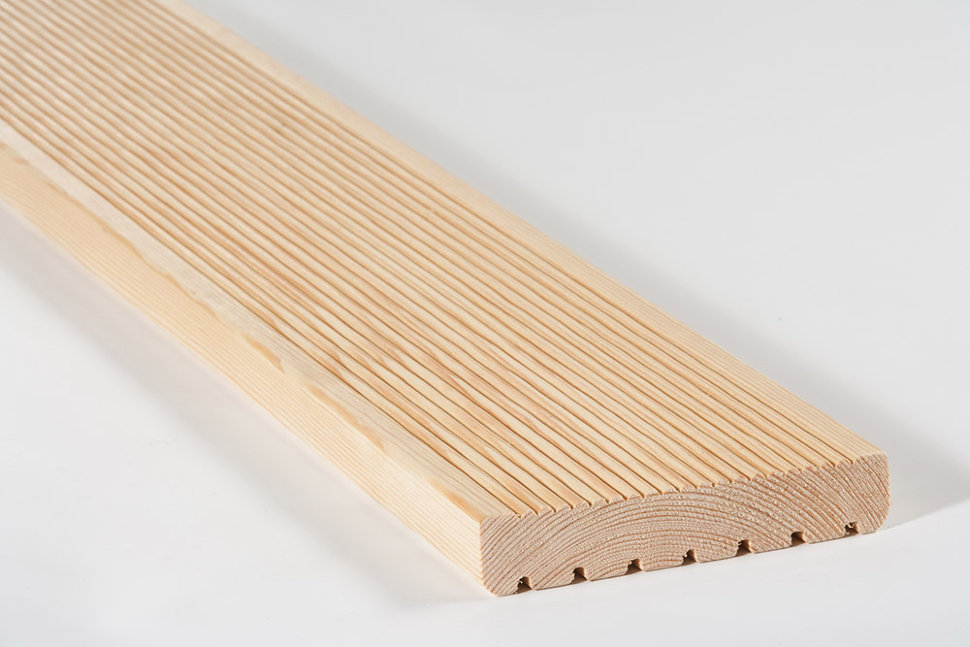Home woodworking projects for beginners.
페이지 정보

본문
Home woodworking projects are an fantastic way for beginners to discover their artistic side while honing their woodworking abilities.
With a few simple techniques and a basic understanding of woodworking principles, you can create attractive and functional pieces for your abode, like shelves, tables, and benches.
Beforehand, starting any woodworking project, it's crucial to gather the necessary materials. A newbie's woodworking set typically includes a table saw, a mortise saw, a drill machine, a finishing machine, and a toolkit with various bits and a bar.
Don't worry if you don't have these techniques yet - many woodworking stores offer kits or loaner tools for novices.
When selecting the type of material for your project, consider aspects like sturdiness, opposition to shrinking, and visual aesthetic. For beginners, it's best to start with woods like pine, which are inexpensive and simple to work with.
Hardwoods like oak are ideal for more advanced projects and need more ability to shape and sand.
Start with simple projects like constructing a birdhouse, photos frame, or cutting board. These projects will help you improve fundamental skills like measuring|marking, and cutting wood precisely.
For example, making a spiderhouse involves milling wooden parts to precise measurements, assembling them with screws or screws, and buffing the surface to create a finer completion.
As you gain confidence and expertise, you can move on to more required projects like constructing a coffee table or a basic cabinet.
These projects need more wood parts to be cut, assembled, and buffed, but they also provide opportunities to simulate with different design techniques, like joinery and finishing.
Some essential woodworking techniques for novices include using a elastic measure to guarantee uncertainty, employing a miter saw for precise angled snips, and using beams to hold pieces together while mortising.
It's also vital to use safety gear like protective glasses, ear protection, and a dank mask when working with power units.
For those new to woodworking, it's a good idea to join a woodworking community or find an experienced mentor to support and support you.
Many online communities, groups, and public media groups offer valuable resources, training, and advice for woodworking enthusiasts. You can also take woodworking classes or seminars to learn from experienced instructors.
In wrap-up, DIY woodworking projects are an superb way for novices to explore their artistic side while acquiring essential skills.
With tactical patience, practice, and a willingness to learn, you can create beautiful pieces that will enhance your home and bring you joy.
Remember, the most critical aspect of woodworking is to have fun while learning and testing - don't be misled by mistakes or вагонка купить в туле дешево от производителя setbacks.
With a few simple techniques and a basic understanding of woodworking principles, you can create attractive and functional pieces for your abode, like shelves, tables, and benches.
Beforehand, starting any woodworking project, it's crucial to gather the necessary materials. A newbie's woodworking set typically includes a table saw, a mortise saw, a drill machine, a finishing machine, and a toolkit with various bits and a bar.
Don't worry if you don't have these techniques yet - many woodworking stores offer kits or loaner tools for novices.
When selecting the type of material for your project, consider aspects like sturdiness, opposition to shrinking, and visual aesthetic. For beginners, it's best to start with woods like pine, which are inexpensive and simple to work with.
Hardwoods like oak are ideal for more advanced projects and need more ability to shape and sand.
Start with simple projects like constructing a birdhouse, photos frame, or cutting board. These projects will help you improve fundamental skills like measuring|marking, and cutting wood precisely.
For example, making a spiderhouse involves milling wooden parts to precise measurements, assembling them with screws or screws, and buffing the surface to create a finer completion.
As you gain confidence and expertise, you can move on to more required projects like constructing a coffee table or a basic cabinet.
These projects need more wood parts to be cut, assembled, and buffed, but they also provide opportunities to simulate with different design techniques, like joinery and finishing.
Some essential woodworking techniques for novices include using a elastic measure to guarantee uncertainty, employing a miter saw for precise angled snips, and using beams to hold pieces together while mortising.
It's also vital to use safety gear like protective glasses, ear protection, and a dank mask when working with power units.
For those new to woodworking, it's a good idea to join a woodworking community or find an experienced mentor to support and support you.
Many online communities, groups, and public media groups offer valuable resources, training, and advice for woodworking enthusiasts. You can also take woodworking classes or seminars to learn from experienced instructors.
In wrap-up, DIY woodworking projects are an superb way for novices to explore their artistic side while acquiring essential skills.
With tactical patience, practice, and a willingness to learn, you can create beautiful pieces that will enhance your home and bring you joy.
Remember, the most critical aspect of woodworking is to have fun while learning and testing - don't be misled by mistakes or вагонка купить в туле дешево от производителя setbacks.

- 이전글웹사이트 상위노출 방법론 25.03.28
- 다음글세금환급 절세방법일본 닌텐도도 세가도 피하지 못했던 그시절 저작권 소송게임 인더스트리 25.03.28
댓글목록
등록된 댓글이 없습니다.
